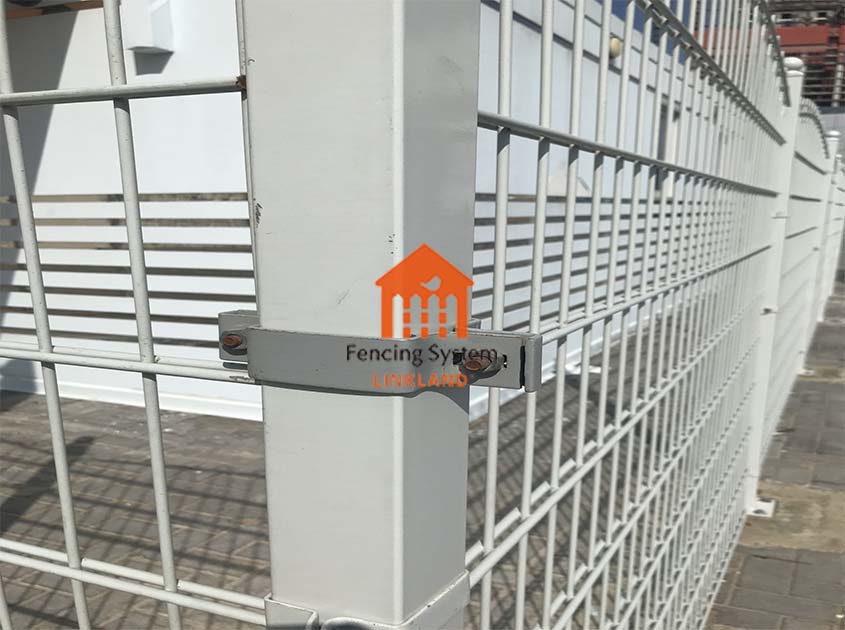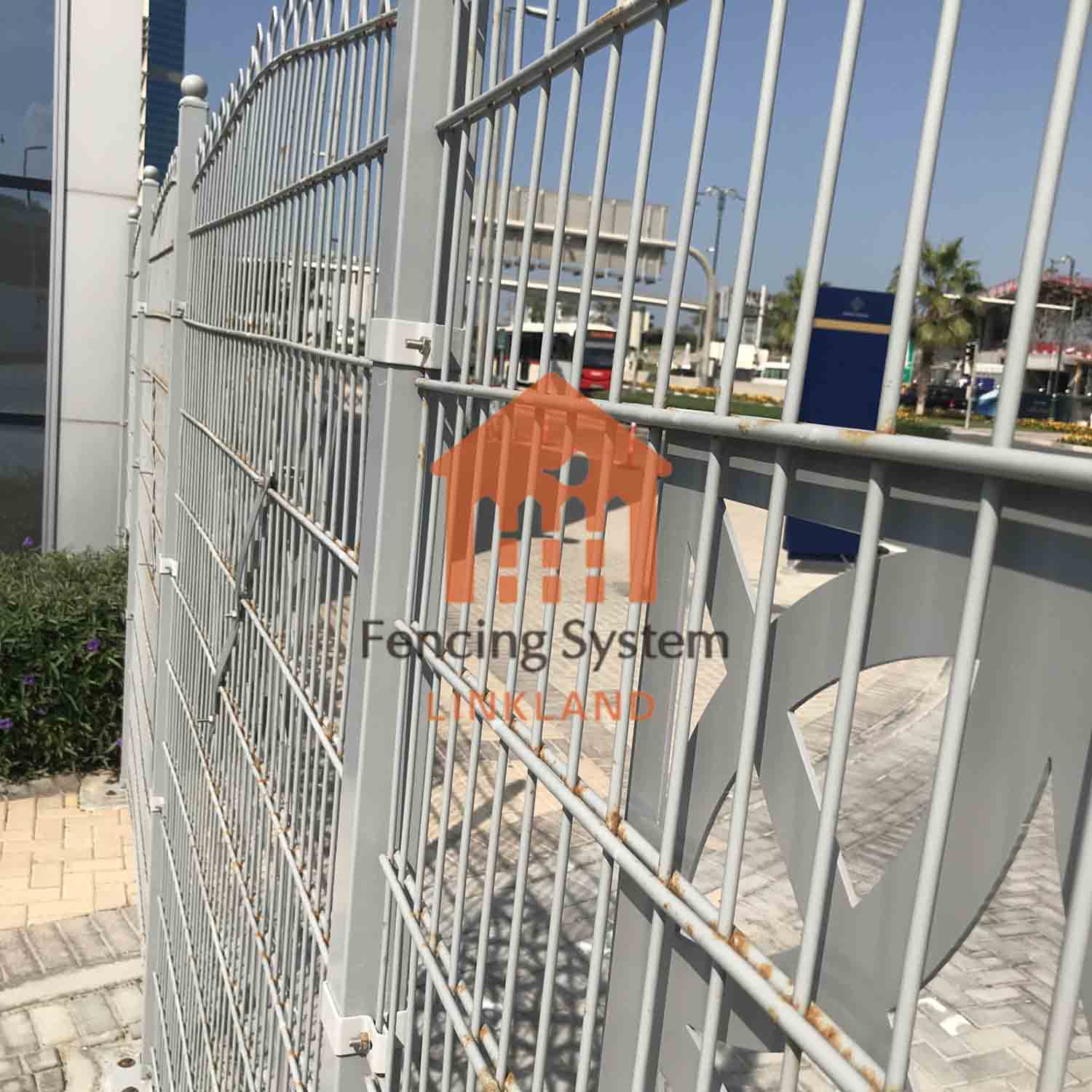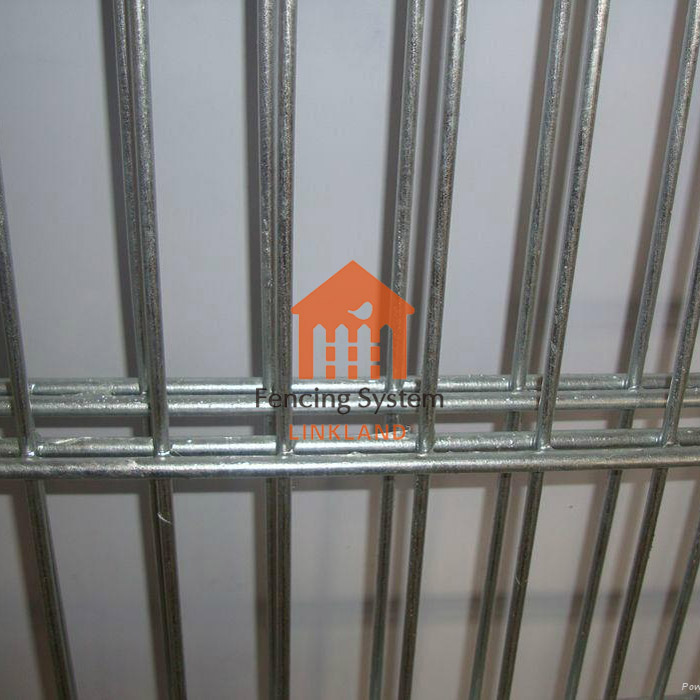Material preparation:
The first step in manufacturing a Twin wire fence is to prepare the required materials. The material commonly used is high-quality steel wire, which is corrosion-resistant and durable. The steel wire will be processed by equipment such as coiler to ensure that the quality and specification of the steel wire meet the requirements.

Mesh welding:
Next, the wire will be fed into the welding machine. In the welding machine, the steel wires are automatically positioned and welded together to form a grid-like structure. The Twin wire fence is characterized by two layers of parallel steel wire mesh, so the welding process needs to ensure the parallel and stable connection of the two layers of steel wire mesh.

Processing and Forming:
After the welding is completed, the Twin wire fence mesh will enter the next stage of processing and forming. This stage involves cutting the mesh to the desired size and shape, usually using automated cutting equipment. Depending on specific requirements, the fence mesh may need to be trimmed off excess or cut to a special shape.

Surface treatment and packaging:
The last step is surface treatment and packaging of the Twin wire fence. Anti-rust treatment, such as hot-dip galvanizing or coating treatment, is usually carried out on the fence netting to increase its corrosion resistance. The fence is then packaged, usually in rolls or flat packs, for easy transport and installation.
To sum up the above, the processing and manufacturing process of Twin wire fence mesh includes material preparation, grid welding, processing and forming, as well as surface treatment and packaging. Through strict quality control, manufacturers can produce high-quality, durable Twin wire fence mesh that provides safety and protection for different applications.
Pre:Exploring the aesthetics of double wire mesh fence in landscape design
Next:Analysis of the advantages and disadvantages of Double wire mesh fence